How to Prevent Furniture Wear and Tear
Chosen theme: How to Prevent Furniture Wear and Tear. Protect the pieces you love with practical habits, material-smart care, and small upgrades that make a big difference. Explore real-world stories, science-backed tips, and easy routines, then subscribe for fresh ideas and share your wins in the comments.

Daily Habits That Shield Your Furniture
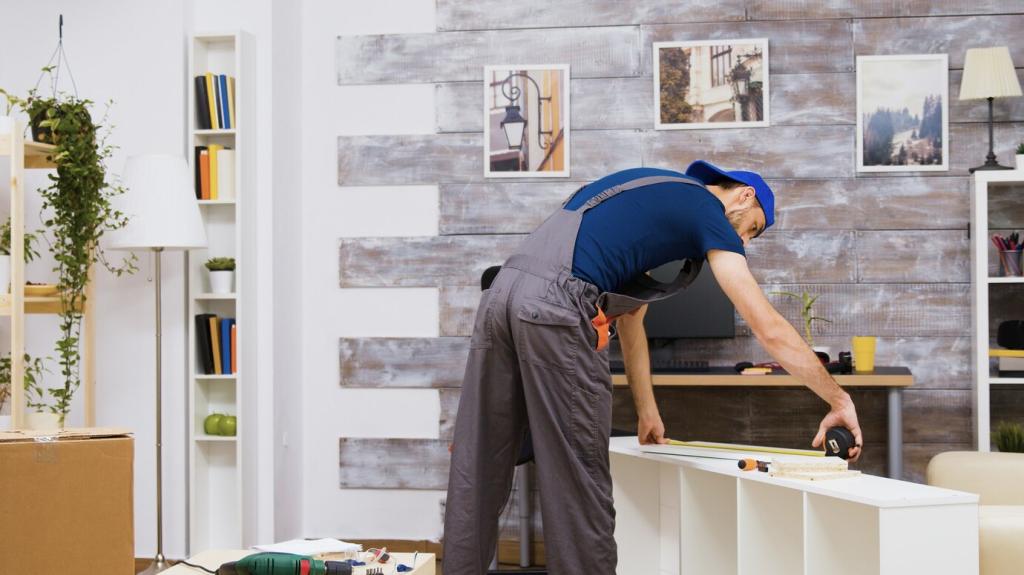
Mindful Use, Major Impact
Treat every surface with intention. Avoid flopping onto cushions, dragging chairs across floors, and stacking heavy bags on armrests. Rotate your favorite seat weekly to distribute pressure evenly. Use trays for remotes and drinks. Share the habit that saved your sofa cushions in the past month.

Clean the Right Way, Not the Hard Way
Dust wood with a soft microfiber cloth to prevent tiny scratches. Vacuum upholstery using the upholstery attachment, moving with the fabric’s weave. Skip harsh all-purpose cleaners that strip finishes. A five-minute weekly routine beats hours of restoration later. Comment with your go-to, gentle cleaner that actually works.
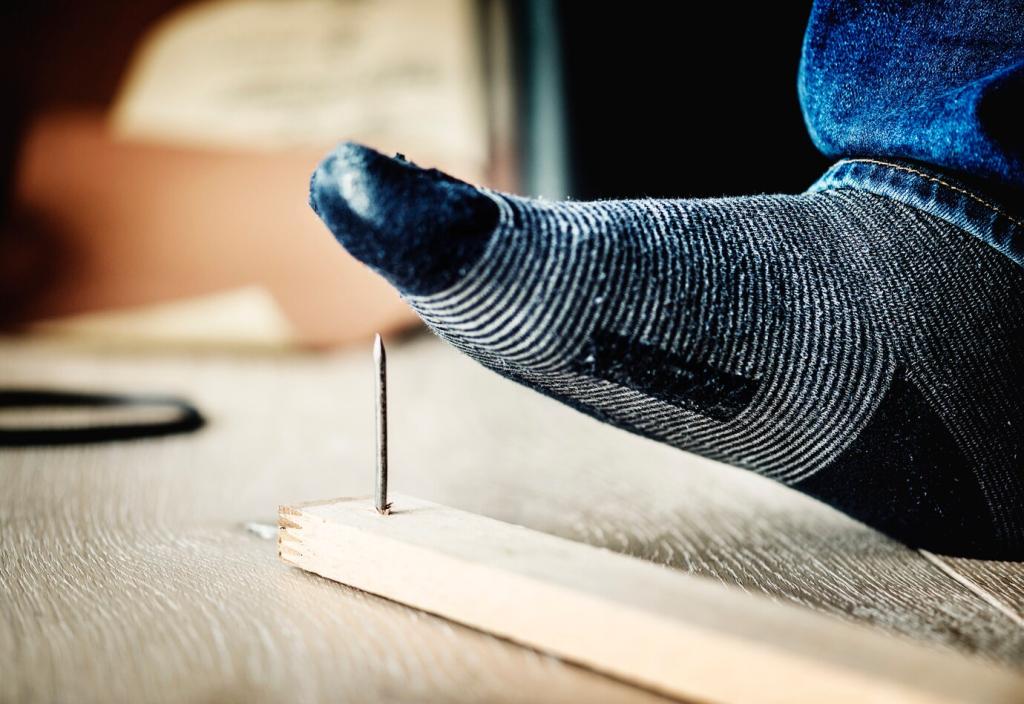
Rotate, Rest, and Recover
Flip or rotate cushions and mattresses to even out compression. Give surfaces downtime after heavy use—don’t leave dense objects parked on delicate tops. Let damp-cleaned areas fully dry before sitting. Want a simple reminder system? Subscribe for our printable rotation checklist and set a calendar nudge today.
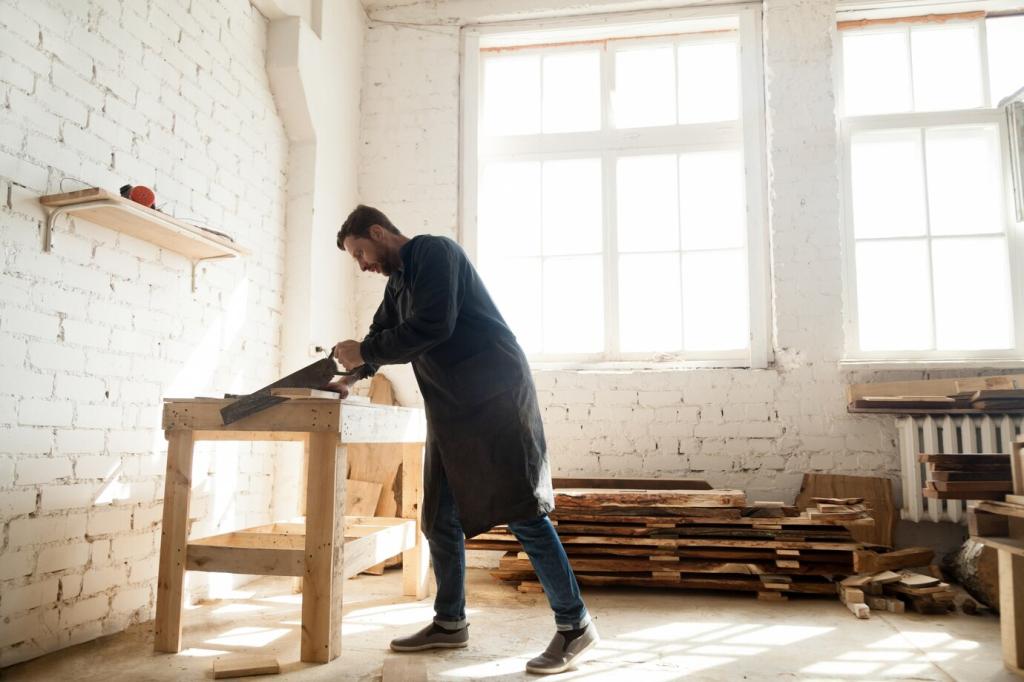
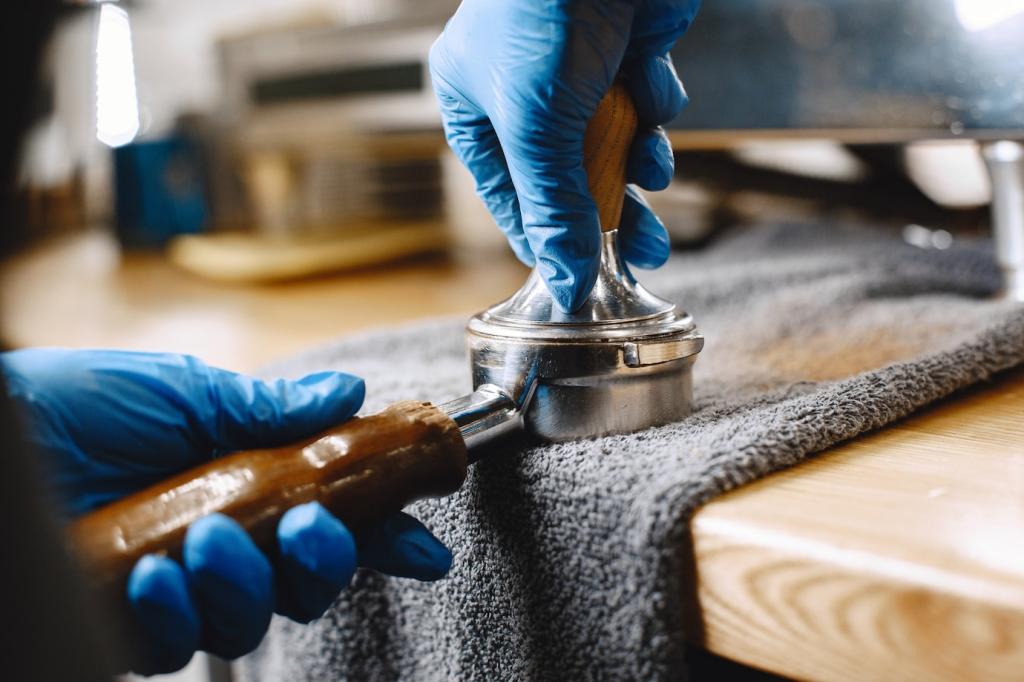
Environmental Control: Light, Heat, and Humidity
Direct UV light fades fabric and dries leather. Use sheer curtains, UV window film, or rotate pieces seasonally to share exposure. Even shifting a chair a few feet helps. Share a before-and-after story of a sun-faded cushion you rescued with smarter placement and protective window treatment.
Environmental Control: Light, Heat, and Humidity
Wood swells in high humidity and shrinks in dry air, loosening joints over time. Aim for 40–55% relative humidity using a humidifier or dehumidifier as seasons change. Place devices away from finishes to avoid mist spots. Comment with your region’s humidity challenges and what balanced your readings.
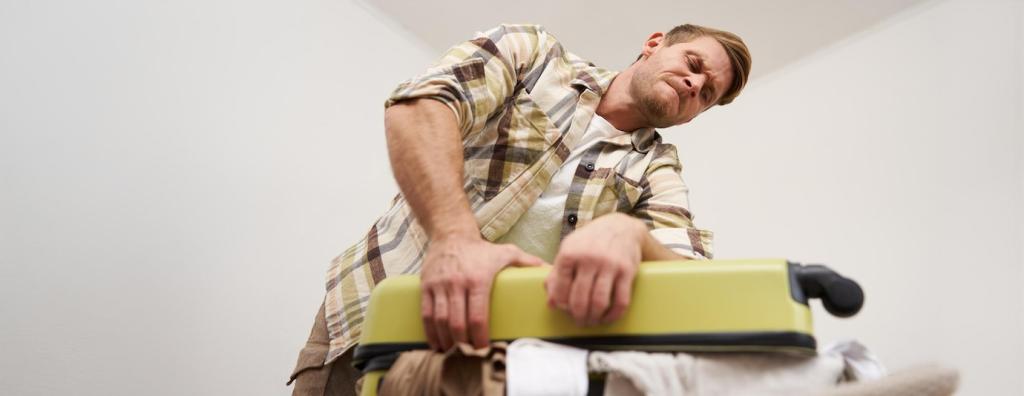
Wood Wisdom: Finish First
Identify the finish before cleaning—oil, lacquer, varnish, or polyurethane respond differently. Use coasters and placemats religiously, and lift objects instead of sliding. A light wax on appropriate finishes adds a sacrificial layer. I once erased a white ring by gently warming and reconditioning—share your ring-rescue stories.
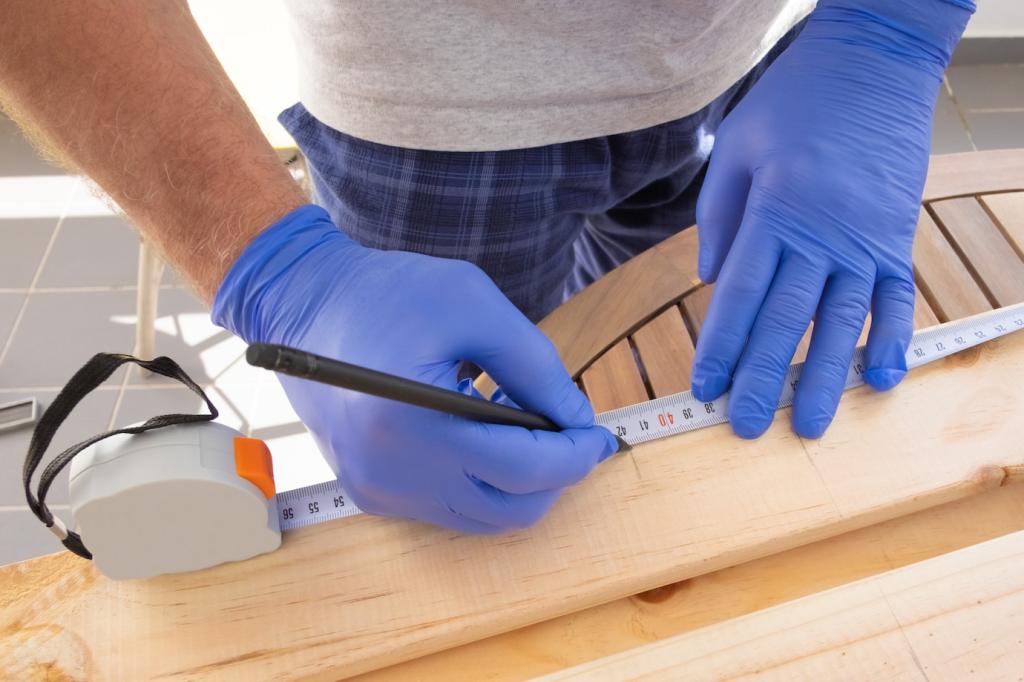
Leather That Ages Gracefully
Keep leather supple with a quarterly conditioner suited to aniline or pigmented types, and blot spills instead of rubbing. Avoid direct heat and midday sun. Test products in hidden spots. A reader’s vintage club chair transformed after consistent conditioning—what conditioner kept your cushions from cracking through winter?
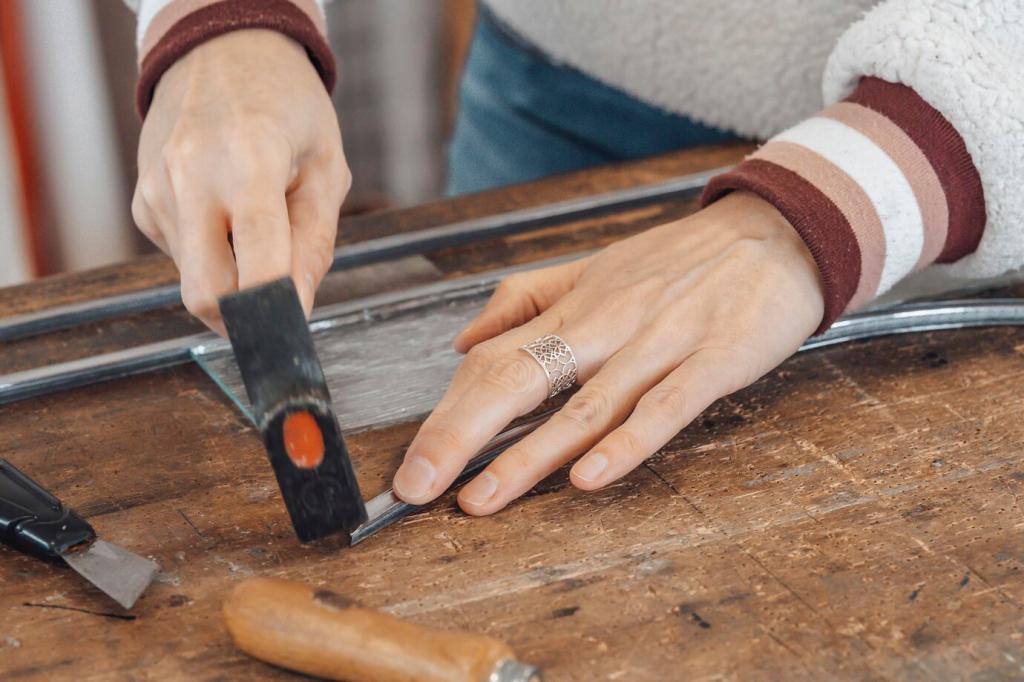
Fabrics and Performance Textiles
Vacuum seams where grit accumulates and causes abrasion. Consider fabric protectors approved by the manufacturer, and tackle pilling with a gentle fabric shaver. Removable covers? Wash cool, air-dry flat to prevent shrinkage. Tell us which performance fabric—crypton, microfiber, or a treated linen—has survived kids, pets, and daily life best.
Protective Accessories That Quietly Do the Heavy Lifting
Stick felt pads under chair and table legs to prevent micro-scratches and joint stress during movement. For heavy pieces, use low-friction glides or rubber caps to stop creep. Replace pads quarterly as they compress with dust. Which pads lasted longest on your dining chairs? Share your experience.
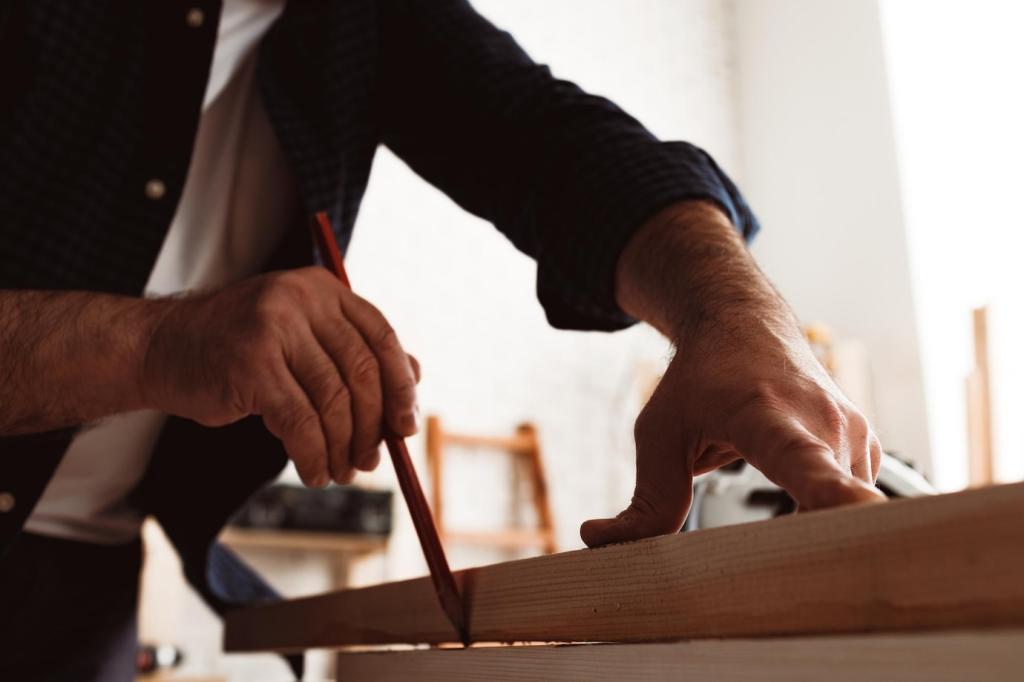
Life with Kids and Pets, Minus the Scuffs
Designate snack-friendly zones and place sturdy tables where drinks naturally land. Train pets to avoid specific furniture with consistent cues and alternative perches. Add trays to kid spots for crayons and cups. How did rearranging a play corner reduce accidental bumps into your coffee table? Tell us below.
Life with Kids and Pets, Minus the Scuffs
Offer scratching posts near favorite cat paths, use nail caps when needed, and cover tempting corners with protective guards. Keep pet toys plentiful to redirect energy. One reader saved a new sofa by adding a jute scratcher beside it—share your pet-proofing win that prevented frayed arms.


Maintenance, Moves, and When to Call a Pro
01
Check for loose screws, wobbly joints, frayed seams, and finish dulling. Tighten hardware gently, re-glue minor wood splits with appropriate adhesives, and schedule conditioning or cleaning. These tiny touchpoints stop bigger failures. Want a checklist you can print? Subscribe and we’ll send a simple, room-by-room version.
02
Lift, don’t drag. Use sliders on heavy items, remove shelves and cushions first, and disassemble legs when possible. Wrap surfaces with moving blankets to prevent scuffs on corners. Comment with your best moving-day hack that kept both furniture and floors pristine during a big rearrange or relocation.
03
Handle minor chips, loose buttons, and surface stains at home, but call a pro for deep gouges, complex joinery, structural issues, or leather recoloring. Request quotes and references, and confirm finish compatibility. Share how a specialist restored a piece you thought was lost—your story might save another heirloom.
